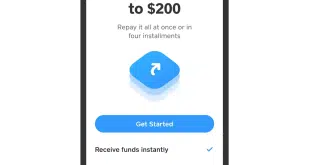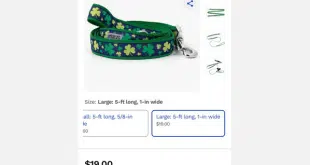High card-acceptance fees are the root cause for why some merchants are charging consumers for cash back at the point-of-sale, a service merchants have historically provided consumers even though customers can make purchases with their debit cards at no charge, says the Merchants Payment Coalition.
Driving the trend is that adding cash-back to a debit purchase increases the total amount of the transaction, which increases the merchant’s hit from swipe fees, which are typically a percentage of the total transaction. As a result, merchants pay higher card-acceptance costs on debit transactions that include cash-back. This does not increase a merchant’s margin on the transaction but does deplete its amount of available cash at the point-of-sale, according to the MPC.
The Consumer Financial Protection Bureau shined a light on cash-back fees in a report earlier this week. Merchant fees for cash-back at the point-of-sale are typically between 50 cents and $1, according to the report.

Three large retail chains—Dollar General Corp., Dollar Tree Inc., and The Kroger Co.—collect more than $90 million in cash-back fees annually, according to the CFPB, which looked at eight retail chains for the study. The five remaining retailers do not charge cash-back fees.
The practice of levying fees on consumers for cash-back raises two key questions: Are merchants penalizing consumers to access their own money? And, is it more cost-effective for consumers to make cash withdrawals at an ATM?
Consumers making withdrawals from an in-network ATM can do so at no cost. Surcharges for out-of-network withdrawals average $4.77 according to Bankrate.com. In addition, consumers enjoy higher limits on ATM withdrawals than on cash-back,
“Unlike ATM transactions, which do not impose maximum withdrawal amounts of less than $200, cash-back [on] point-of-sale transactions often cap maximum withdrawal amounts at $40 or less, which can translate into a disproportionally hefty fee on a percentage basis on low-dollar cash-back transactions,” Sam Ditzion, chief executive of the Boston-based consultancy Tremont Capital Group, says by email. “A cash-back transaction that has a fee is often cost-ineffective compared to an on-us ATM withdrawal.”
Ditzion adds that cash withdrawals from ATMs in the United States are 3.5 times more common than cash-back transactions at the point of sale.
The average merchant fee for cash-back is less than the surcharges for out-of-network ATM withdrawals, and the Merchants Payments Coalition counters that most retailers don’t charge a cash-back fee and that those that do charge a fee do so to help offset the cost of swipe fees.
“While large banks with $10 billion in assets are limited by federal law to charging merchants 22 cents plus 0.05% of the total for a debit card transaction, small local banks are exempt from the law and can charge 2% to 3% in swipe fees [which is applied to the cash-back portion of the transaction as well],” says Doug Kantor, an MPC executive committee member and general counsel for the National Association of Convenience Stores. “Those fees are significant.”
A 2% to 3% swipe fee translates to merchants paying $2 to $3 for every $100 in cash back, which is less than what many merchants charge for cash-back, Kantor adds
“The majority of banks have assets less than $10 million and are not covered by the regulation on debit swipe fees,” says Kantor. “Even with cash-bask fees, merchants are giving consumers a better deal than banks, [compared to ATM surcharges].”
In its report, the CFPB says that “one of the dynamics likely contributing to retailers’ ability to charge these fees is the high fees also charged to consumers for using out-of-network automated teller machines (ATMs).”
Nevertheless, the CFPB adds that “notwithstanding the high ATM fees, there are reasons for focused attention on the consumer risk of cash-back fees charged by retailers, primarily the amount of the fee relative to the value of the cash withdrawal and the distribution of the fee burden across income groups.”
One reason consumers are turning to retailers for cash back is that bank mergers, branch closures, and bank-fee creep have reduced the supply of free cash access points for consumers, the CFPB says in its report. “In this void, people may be more reliant on retailers for certain financial services historically provided by banks and credit unions, such as cash access,” says the report The CFPB adds it continues to monitor developments related to the fees consumers pay for accessing cash.
But comparing cash-back fees to ATM surcharges for out-of-network withdrawals is not an apples to-apples comparison, according to the Electronic Payments Coalition.
“The CFPB’s own report says [cash-back] fees are different than ATM charges because they cannot be spread over larger withdrawal amounts—meaning the actual price per withdrawal is higher—and the fees charged by these retailers predominantly fall on vulnerable populations,” says an EPC spokesperson.



